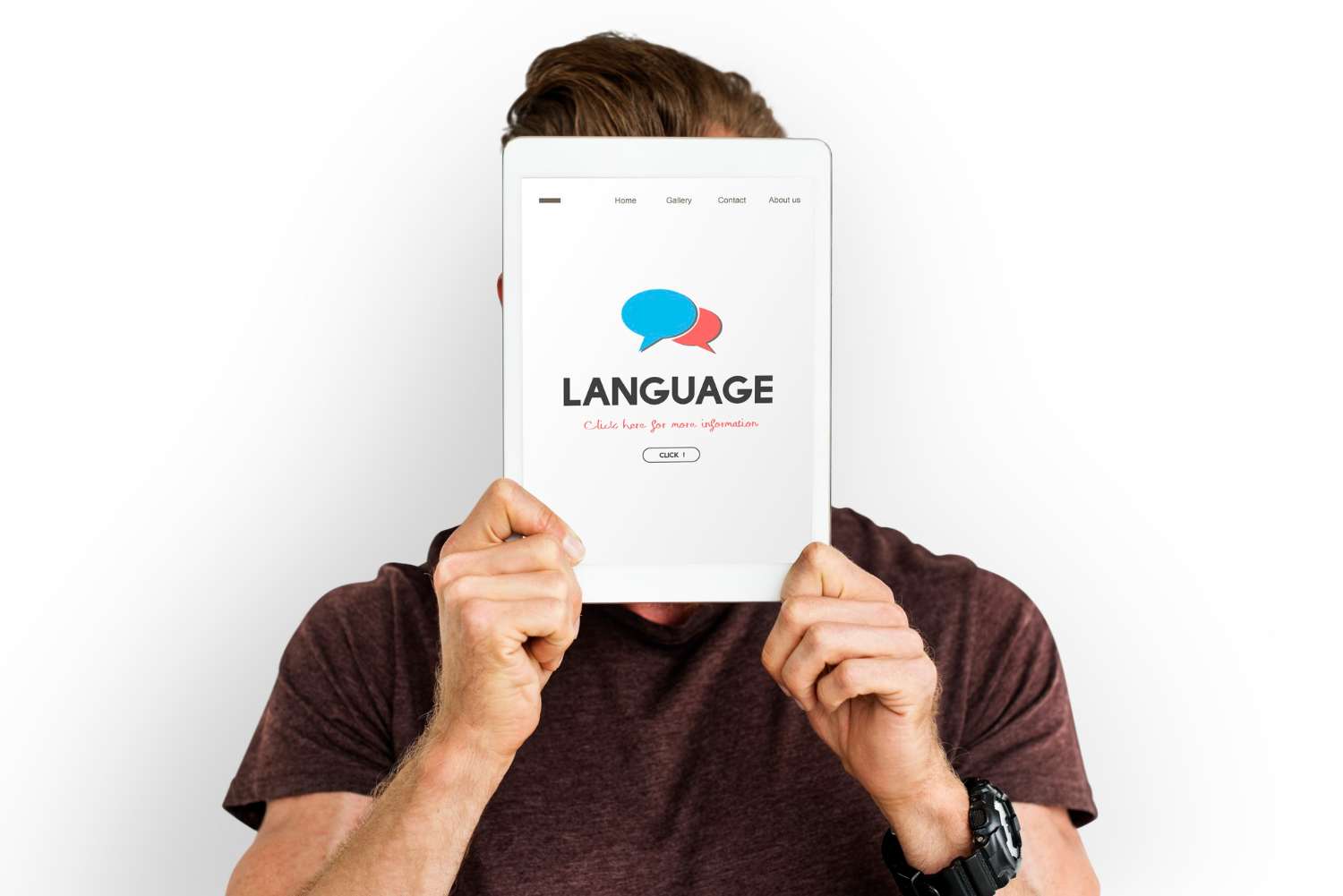Compensation Insurance is in the dynamic world of employment, one certainty remains—accidents happen.
Whether it’s a slip on a wet floor, an injury from faulty machinery, or a repetitive stress condition developed over years of workplace hazards a reality.
What Is Workers Compensation Insurance?
Workers compensation insurance is a legally mandated form of insurance that provides medical and wage benefits to employees injured during employment.
It serves a dual purpose: ensuring workers receive adequate medical treatment and financial support while protecting employers from costly litigation.
In essence, this system is a no-fault mechanism. Employees relinquish the right to sue their employer in exchange for guaranteed benefits.
Historical Context and Evolution Of Compensation Insurance
The roots of compensation insurance can be traced back to Prussia in the late 19th century, under Chancellor Otto von Bismarck. The system gained traction in the United States in the early 20th century, with Wisconsin enacting the first comprehensive law in 1911.
Since then, each state has developed its statutory framework, leading to a patchwork of regulations and benefit levels. This evolution underscores a fundamental societal shift—from a laissez-faire attitude to a more structured, protective labor environment.
Key Components of Workers Compensation Insurance

Understanding compensation insurance requires a close look at its core elements:
1. Medical Benefits
These encompass hospital visits, surgeries, physical therapy, medications, and other necessary treatments. There is typically no deductible or copayment, and providers are often chosen from an approved network.
2. Wage Replacement Of Compensation Insurance
Injured employees are eligible for partial wage reimbursement while they are unable to work. Generally, this equals about two-thirds of their average weekly wage, subject to state-mandated caps.
3. Disability Benefits
Disabilities are categorized into:
Temporary Total Disability (TTD): The worker cannot work at all for a limited time.
Temporary Partial Disability (TPD): The worker can perform limited tasks during recovery.
Permanent Total Disability (PTD): The worker is unable to ever return to gainful employment.
Permanent Partial Disability (PPD): There is permanent damage, but the individual can still work in some capacity.
Each category carries different payment structures and time limitations, underscoring the complexity of compensation insurance claims.
4. Death and Burial Benefits Of Compensation Insurance
Should a work-related injury result in death, insurance offers financial support to surviving dependents and covers funeral expenses. The aim is to provide continuity and dignity amid tragedy.
Employer Responsibilities and Coverage Requirements
Almost every business with employees is legally required to carry compensation insurance. However, laws differ by state. For instance, some states exclude agricultural workers, independent contractors, or domestic employees from mandatory coverage.
Employers must:
Purchase a policy from a private insurer or a state fund, or become self-insured if financially viable.
Post notices in the workplace regarding workers’ rights.
Promptly report workplace injuries.
Cooperate with investigations and follow claims protocols.
Non-compliance can result in hefty fines, lawsuits, or even criminal penalties. Beyond legal obligations, ethical imperatives demand that employers safeguard the health and well-being of their workforce.
Navigating the Claims Process
The process of filing a insurance claim typically unfolds as follows:
Incident Report: The employee notifies their supervisor or HR representative.
Medical Evaluation: An authorized healthcare provider assesses the injury.
Claim Submission: The employer or insurer files paperwork with the state’s workers’ compensation board.
Investigation: Insurers verify the details, often requesting additional information or interviews.
Determination: The claim is approved, denied, or partially accepted, with the option for appeal.
Timeliness is critical: Delayed reporting can lead to denial or reduced benefits, adding bureaucratic layers to an already stressful situation.
Common Misconceptions About Compensation Insurance
It Only Covers Injuries From Accidents
Not quite. Compensation insurance also addresses occupational illnesses, repetitive strain injuries, mental health conditions related to work, and exacerbation of pre-existing issues due to job activities.
It Encourages Fraudulent Claims
While fraudulent claims do occur, they comprise a very small percentage. Insurers deploy investigators and data analytics tools to detect anomalies. Moreover, the rigorous verification process acts as a strong deterrent.
Independent Contractors Are Always Excluded
In some jurisdictions, even gig workers and freelancers may be entitled to compensation insurance, especially if they’re misclassified or working under substantial control from a single entity.
Challenges and Controversies Of Compensation Insurance
Despite its noble intentions, the compensation insurance system is not without flaws:
Delays in Claims: Administrative backlogs and insurer red tape often prolong the process, exacerbating physical and emotional trauma.
Insufficient Benefits: Wage replacement rates are capped, sometimes leaving families struggling.
Employer Retaliation: Some workers face subtle or overt discrimination for filing a claim, in violation of whistleblower protections.
State Disparities: Since each state dictates its regulations, coverage and outcomes can vary widely, leading to perceived inequities.
The Role of Technology in Modern Compensation Insurance

The digital transformation sweeping across industries is also reshaping compensation insurance. Key innovations include:
AI-Powered Risk Assessment: Predictive algorithms evaluate workplace hazards and suggest mitigation strategies.
Wearable Devices: Smart gear monitors posture, exertion levels, and environmental factors in the present time.
Telemedicine Integration: Injured workers can consult specialists remotely, speeding up diagnosis and treatment.
Blockchain-Based Claims: Immutable records enhance trust and reduce fraud.
These technological tools aim to create a more proactive, rather than reactive, approach to workplace safety and injury management.
Global Perspectives: How Other Nations Handle Workers’ Injuries
Around the world, variations of insurance exist, each reflecting cultural and legal nuances:
Canada operates through provincial systems, offering generous wage replacement and vocational rehab.
Germany mandates employer-funded accident insurance, administered by trade associations.
Australia features a hybrid public-private model with significant government oversight.
Japan includes commuting accidents within its scope, recognizing the stress of urban travel as a workplace hazard.
The Economic Impact of Compensation Insurance
The financial footprint of compensation insurance is vast. Employers pay billions annually in premiums. Conversely, injured workers and their families rely on these funds to maintain stability during recovery.
Properly managed, the system enhances productivity, reduces turnover, and fosters a culture of trust. From an economic standpoint, compensation insurance acts as a stabilizer.
Best Practices for Employers
To optimize their compensation insurance strategy, employers should:
Conduct regular safety audits and ergonomic evaluations.
Foster a culture of safety and openness.
Offer return-to-work programs that include modified duties.
Train supervisors to respond empathetically and lawfully.
Choose insurance carriers with robust support and legal expertise.
Being proactive not only reduces claims but demonstrates a commitment to employee welfare.
Preparing for the Future of Compensation Insurance
The workplace is evolving—remote work, automation, and AI are transforming traditional job roles. In this shifting landscape, insurance must adapt. Legal frameworks will need to account for novel injuries, like those stemming from sedentary lifestyles or virtual environments.
Moreover, mental health will likely command greater attention. Chronic stress, burnout, and psychological trauma are increasingly recognized as legitimate workplace hazards. The insurance of the future must be as nuanced as the jobs it protects.
Conclusion:
In its purest form, compensation insurance is a promise. A promise that when things go wrong—and they sometimes do—there is a safety net to catch the fall. It embodies the principle that labor is not just a commodity but a human endeavor deserving of care, dignity, and justice.
This isn’t just about paperwork and policy premiums. It’s about resilience. About healing. About ensuring that behind every job, there is a person—and behind every person, a system built to support them when they need it most.


